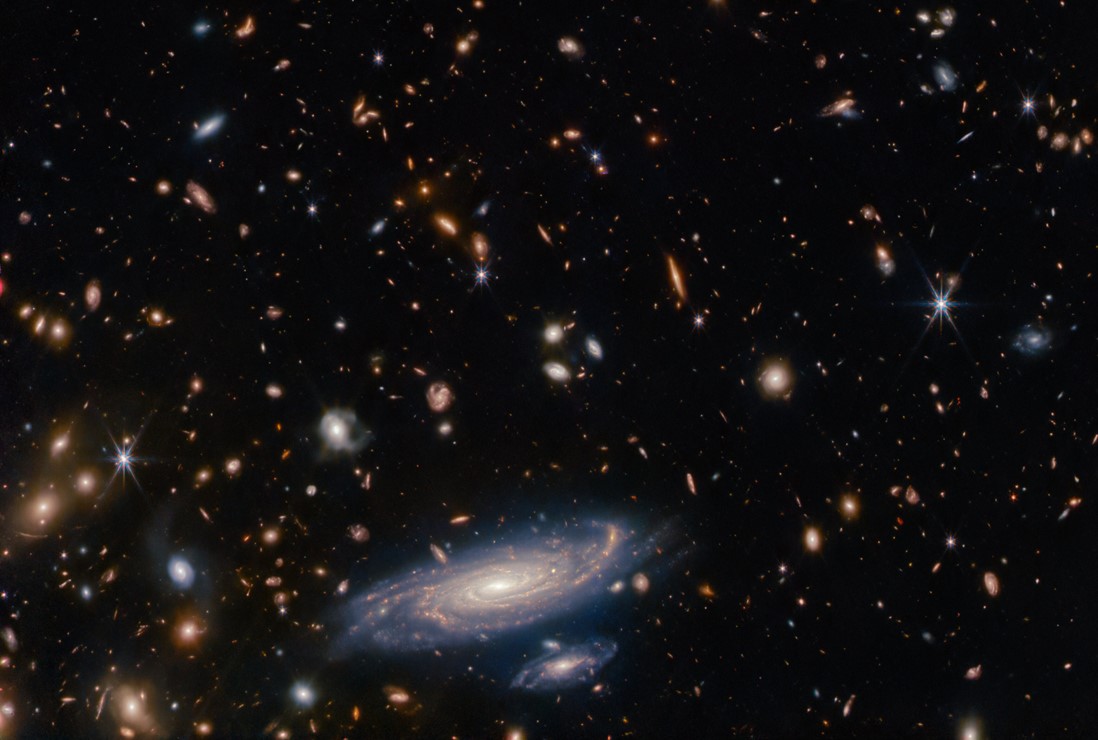Media release
From:
STUDY REVEALS COSMIC SURPRISES FROM THE DAWN OF TIME
A groundbreaking international study has unveiled remarkable insights into the early evolution of galaxies, shedding light on the fundamental processes that have shaped our universe.
A research team from Denmark and Australia used the extraordinary capabilities of the James Webb Space Telescope to delve back in time billions of years, to the period shortly after the Big Bang when galaxies were first forming.
Study co-author and astrophysicist Associate Professor Claudia Lagos, at The University of Western Australia node of the International Centre for Radio Astronomy Research (ICRAR), said researchers found that for more than 12 billion years galaxies followed the same set of rules when it came to the formation rate of stars, as well as their mass and chemical composition.
“It was like the galaxies had a rulebook that they followed – but astonishingly, this cosmic rulebook, appears to have undergone a dramatic rewrite during the universe’s infancy,” Associate Professor Lagos said.
“The most surprising discovery was that ancient galaxies produced far fewer heavy elements than we would have predicted based on what we know from galaxies that formed later.
“In fact their chemical abundance was approximately four times lower than anticipated, based on the fundamental-metallicity relation observed in later galaxies.”
Associate Professor Lagos said the findings challenged previous ideas about how galaxies evolved in the early universe, suggesting that early on galaxies were closely connected to the space around them and influenced by their cosmic neighbourhood.
“What’s most surprising is that the early galaxies continually received new, pristine gas from their surroundings, with the gas influx diluting the heavy elements inside the galaxies, making them less concentrated,” Associate Professor Lagos said.
The discovery challenges existing theories about galaxy evolution and raises questions about the mechanisms at play during the universe’s formative years, opening the door to further exploration about the cosmic processes that influenced the development of early galaxies.
The findings were published in Nature Astronomy.



 Australia; International; WA
Australia; International; WA



